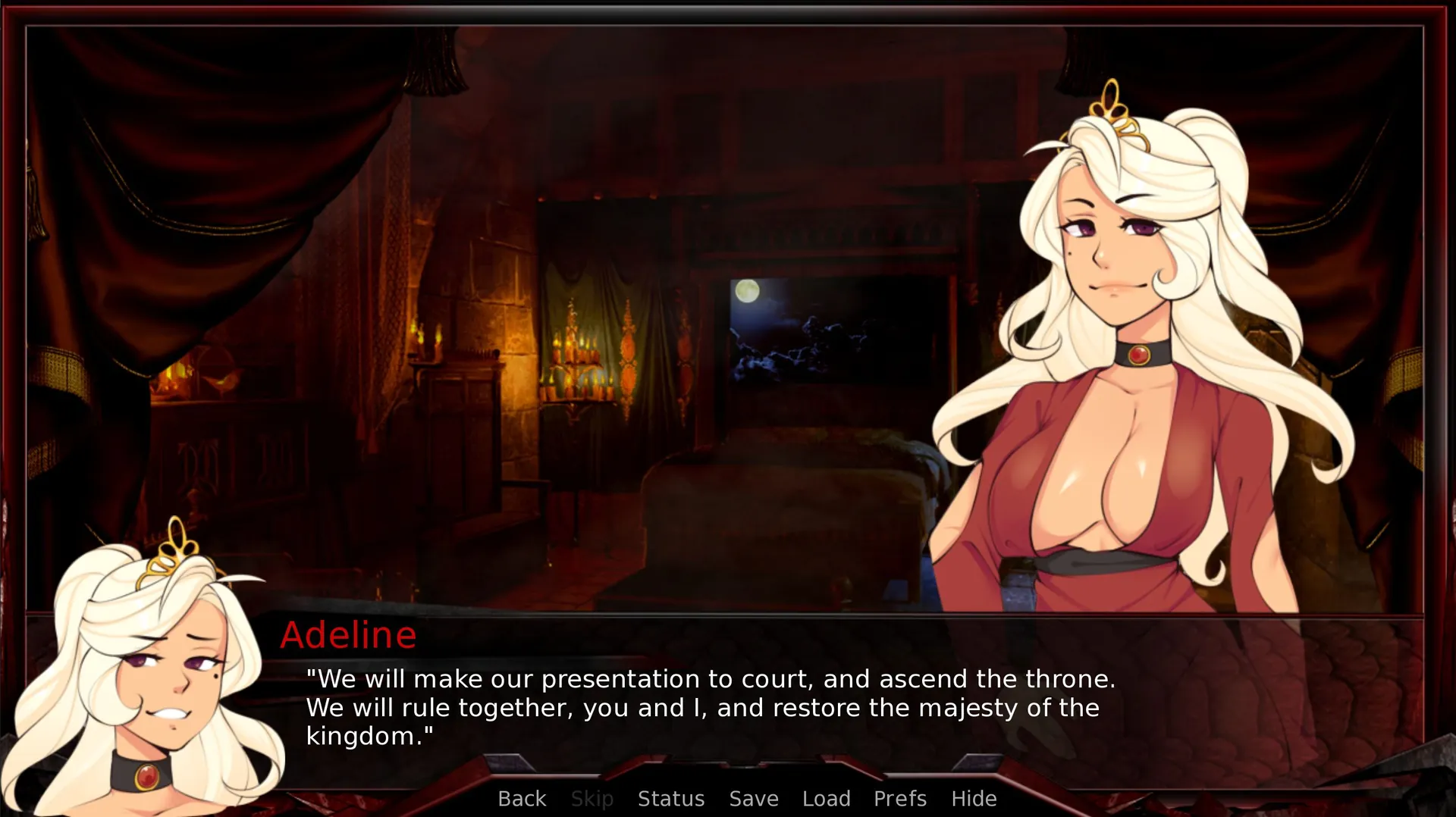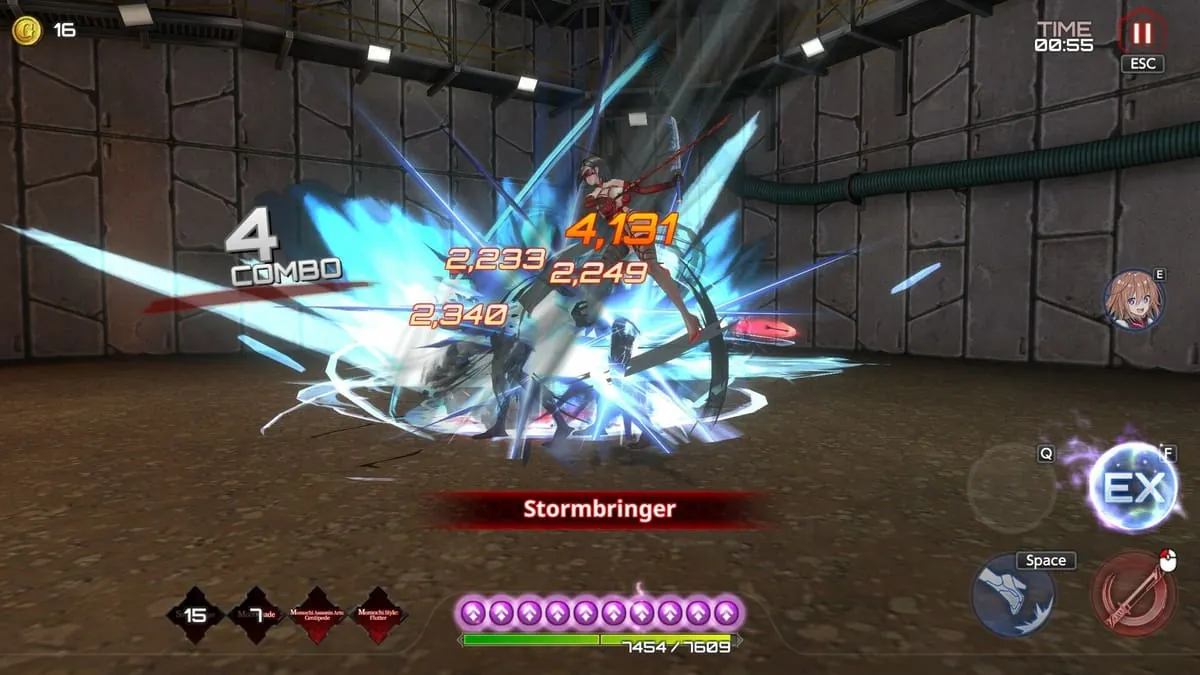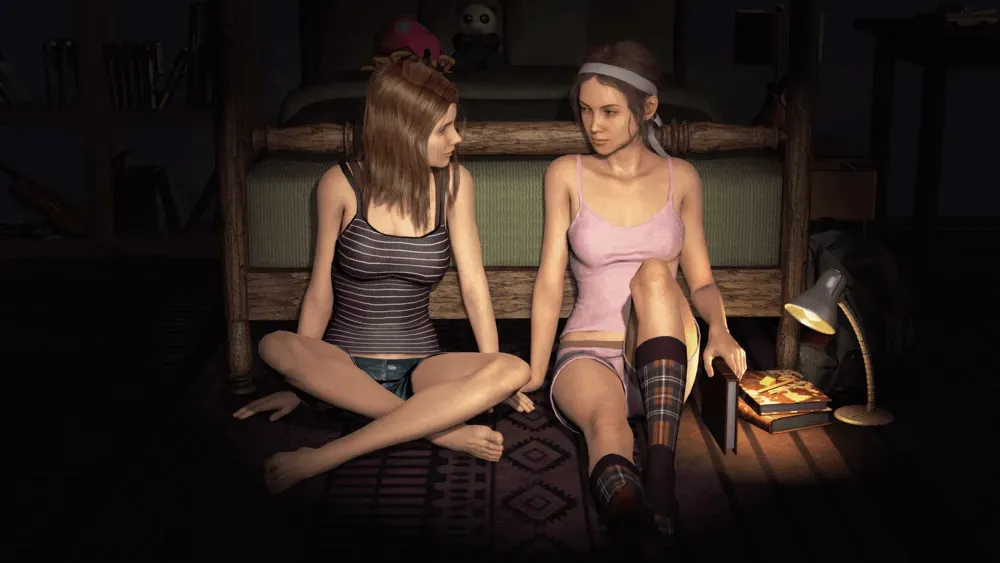
Only a Dream
Play Only a Dream
Only a Dream review
Unveiling the Mystique of a Unique Game
In the realm of digital entertainment, ‘Only a Dream’ stands out as a captivating experience that delves into the world of dreams and fantasy. This game invites players to explore a unique narrative that blurs the lines between reality and the subconscious. With its intriguing storyline and immersive gameplay, ‘Only a Dream’ has garnered attention for its ability to evoke emotions and challenge perceptions. Let’s dive into what makes this game so compelling and explore its key features.
Understanding the Game’s Narrative
What is ‘Only a Dream’ About? 😴
Let me be honest with you—I’ve played a lot of games that promise a deep story, but most leave me feeling like I just watched a forgettable movie. Then I found the Only a Dream game, and it was different. It’s not about leveling up a character or collecting power-ups; it’s an experience that pulls you into a surreal, emotional journey from the moment you start. 🎮
At its heart, the Only a Dream game is an interactive exploration of a person’s subconscious. You play as a character navigating a world built from their memories, fears, and unresolved emotions. It feels less like a traditional game and more like stepping into someone else’s mind. The core dream narrative is built on this simple but powerful premise: what if you could literally walk through your own dreams and confront what you find there? The beauty of this game storyline is that it’s deeply personal, yet universally relatable. We’ve all had strange dreams, and this game taps directly into that shared human experience.
Unraveling the Storyline 🧵
The game storyline in Only a Dream is not a straight line from A to B. It’s a fragmented, non-linear tapestry that you piece together yourself. You might start in a childhood bedroom that suddenly morphs into a vast, empty ocean, or find a conversation from yesterday repeating in a haunted forest. This structure is intentional—it mirrors how our own dreams and memories actually work. They’re jumbled, symbolic, and emotionally charged.
The game doesn’t hold your hand. There are no giant arrows telling you where to go. Instead, you progress by interacting with objects, observing environmental clues, and making subtle choices that influence the emotional tone of the dream. One moment you might be calming a stormy sea by arranging found photographs, and the next you might be fleeing from a shadowy figure that represents a forgotten regret. It’s this constant sense of discovery that makes the Only a Dream game so compelling.
I remember one particular playthrough where I spent nearly an hour in a looping corridor. Frustrated at first, I finally noticed that a specific painting on the wall changed slightly each time I passed. Interacting with it unlocked a flood of narrative about a lost friendship. It was a moment of pure, unscripted revelation that the game gifted me for being patient and observant.
“I’ve never had a game make me cry, but ‘Only a Dream’ did. There’s a sequence where you have to let go of a memory, and it just… broke me. It felt so real.” – Mark T., Player Review
This quote from a player review perfectly captures the emotional impact the game is capable of delivering. It’s not about cheap jump scares or manipulative music; it’s about presenting you with human experiences in their raw, dream-logic form and letting you sit with the feelings they evoke.
Themes and Symbolism 🔍
If the storyline is the “what,” then the themes and symbolism are the “why” of the Only a Dream game. The developers have woven a rich tapestry of meaning into every environment and interaction. The central theme is undoubtedly loss and acceptance. You are constantly sifting through the artifacts of a life, deciding what to hold onto and what to release.
Let’s talk about a powerful symbolic element. A recurring symbol is a cracked, red balloon. At first, it just seems like set dressing. But as you encounter it in different dreamscapes—floating in a derelict classroom, tied to a lamppost in a rainy city, held by a shadowy figure—you realize it represents a specific, poignant childhood disappointment. It’s a small, silent story told without a single word of dialogue.
The game is a masterclass in dream narrative techniques. Common symbols include:
- Water: Often represents the subconscious mind itself—calm waters for peace, turbulent waves for anxiety.
- Doors and Keys: These symbolize opportunities, secrets, and the choices we make (or avoid).
- Fading Photographs: A direct link to memory and the inevitable, gentle erosion of the past over time.
The emotional impact is deeply tied to this symbolism. You aren’t just told the character is sad; you walk through a world literally crumbling at the edges. You don’t just hear about their joy; you temporarily stabilize a brilliant, crystalline city made of light. This is where the Only a Dream game truly shines. It trusts you to understand its visual language.
Another player review I read online stated, “I finished the game and immediately called my sister. It made me think about things in my own life I hadn’t dealt with.” This is the real power of the game. It holds up a mirror, albeit a distorted, dreamlike one, and encourages a kind of emotional reflection that is rare in the medium.
To help you spot the connections, here’s a quick guide to some recurring symbols and their potential meanings:
| Symbol | Common Context | Potential Meaning |
|---|---|---|
| Broken Clock | A still home, a silent office | Stagnation, a moment frozen in time, regret |
| Overgrown Plants | Invading indoor spaces | Neglected thoughts or feelings, nature reclaiming the past |
| A Distant Light | Always seen through fog or at the end of a tunnel | Hope, guidance, or an unattainable goal |
| Muted Colors vs. One Bright Color | A grey world with a single red object | Focus on a specific, powerful emotion or memory amidst numbness |
Ultimately, playing Only a Dream is a deeply personal affair. The game storyline and its rich dream narrative provide the framework, but the real story is the one that unfolds inside you as you play. It’s a journey worth taking for anyone curious about the power of interactive stories and their profound emotional impact. ✨
In conclusion, ‘Only a Dream’ offers a captivating experience that combines an engaging narrative with immersive gameplay. By exploring its themes and mechanics, players can gain a deeper understanding of what makes this game so unique. Whether you’re a fan of dreamlike narratives or innovative gameplay, ‘Only a Dream’ is certainly worth exploring.




















